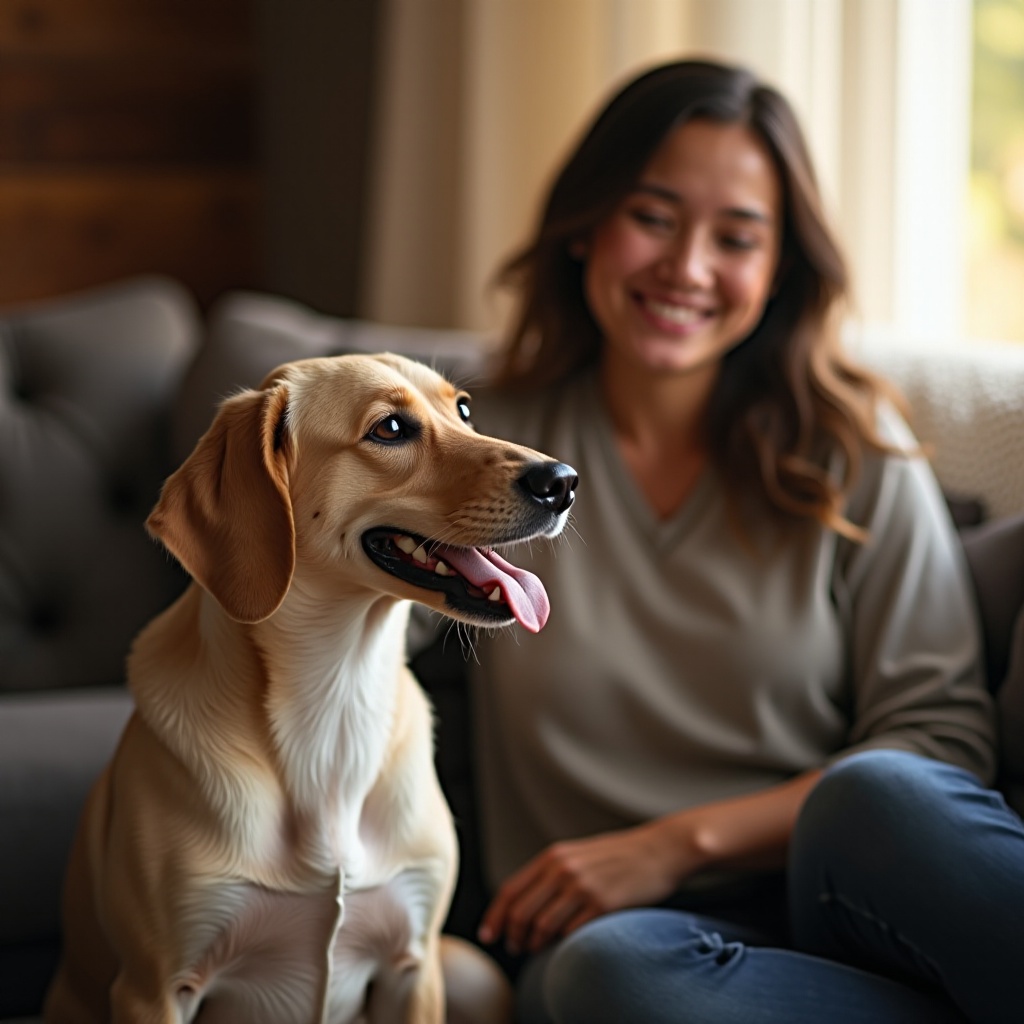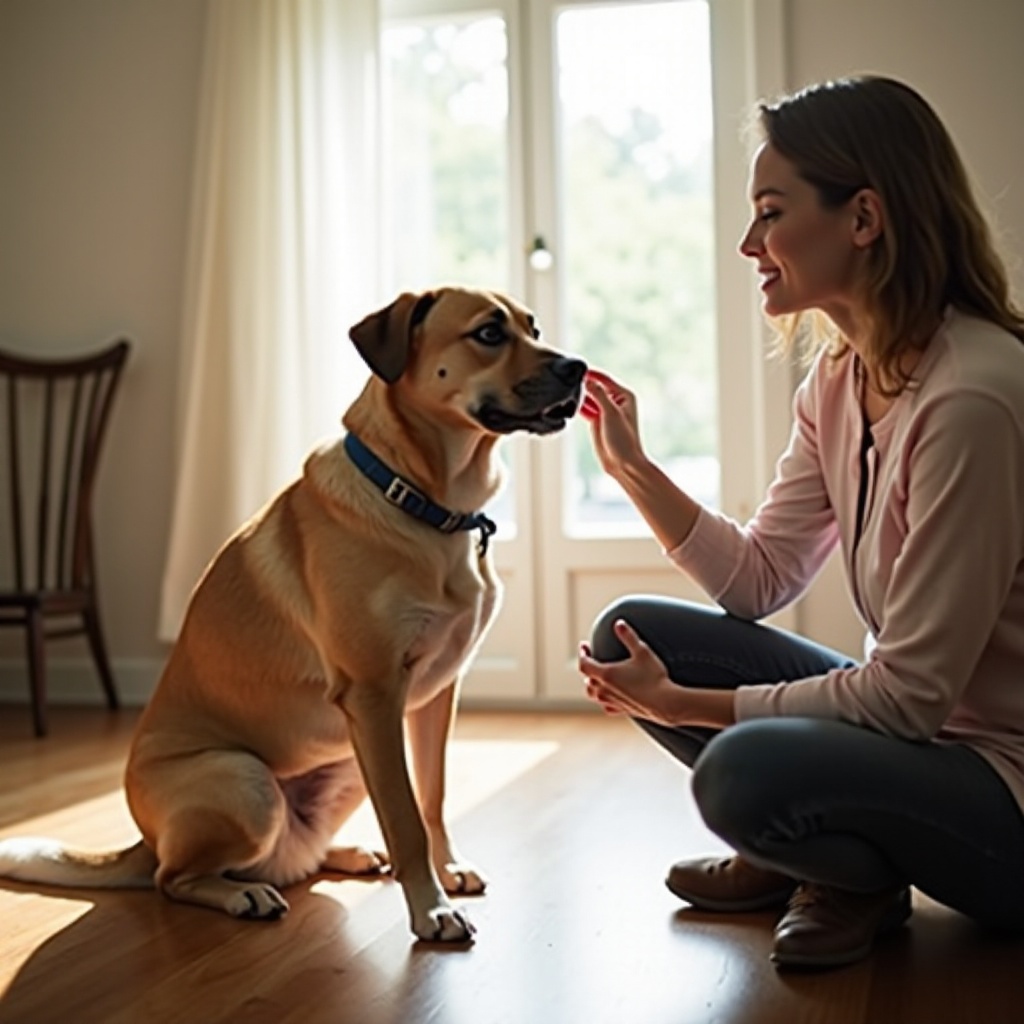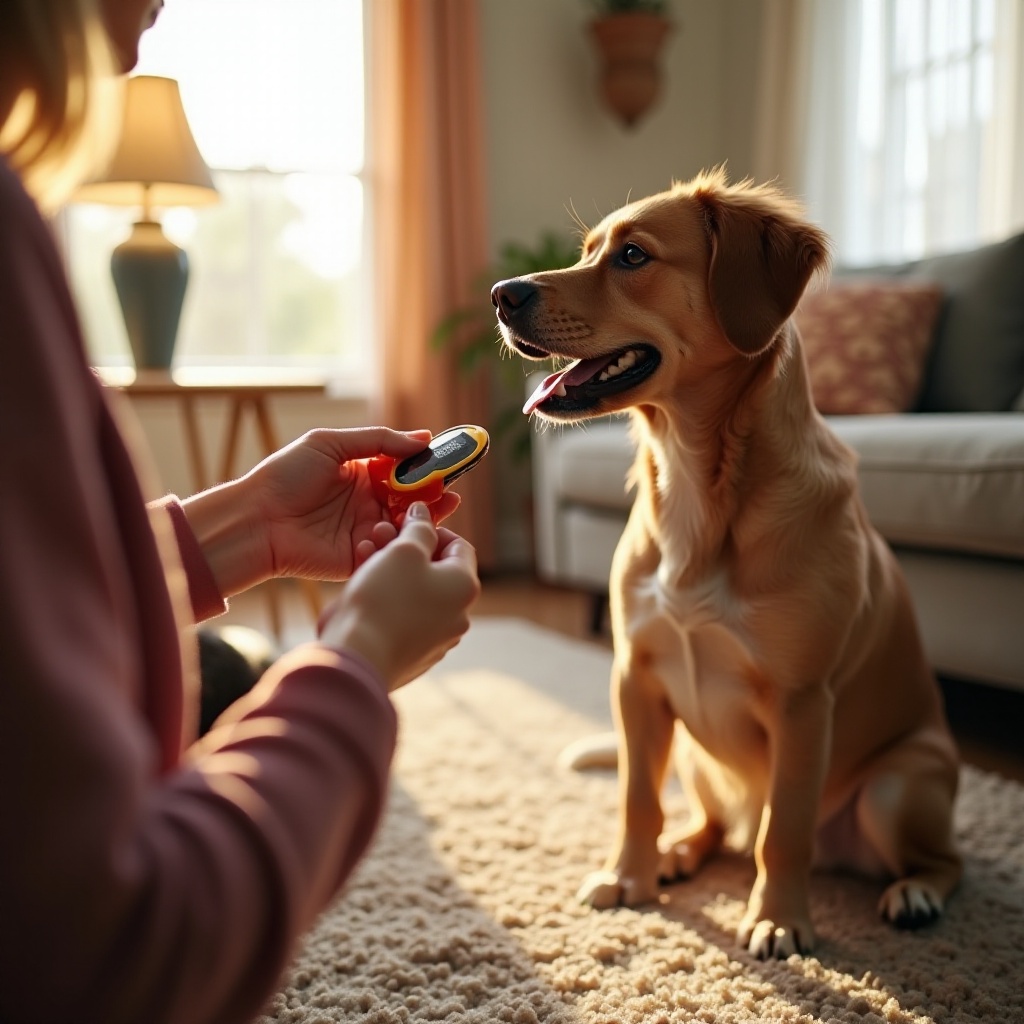Introduction
A dog that constantly whines can be a source of frustration for any pet owner. Understanding the reasons behind this behavior is essential for implementing effective solutions. This blog explores common reasons why dogs whine, how to identify the cause of your dog’s whining, and effective strategies and tools to minimize and prevent this behavior. Let’s dive into the key aspects and turn your whiny dog into a happy, well-adjusted companion.

Common Reasons Dogs Whine
Dogs whine for a variety of reasons, and pinpointing the exact cause is crucial to addressing the behavior effectively. Here are some of the most common reasons:
- Attention Seeking: Dogs often whine to get attention from their owners. They may have learned that whining gets them what they want.
- Anxiety or Stress: Whining is a common sign of canine anxiety. Situations such as being left alone, new environments, or loud noises can trigger anxious whining.
- Physical Discomfort or Pain: If a dog is in pain or discomfort, they might use whining as a way to express their distress.
- Boredom: Dogs that lack stimulation or exercise may whine out of sheer boredom, seeking something to alleviate their state of inactivity.
- Excitement: Some dogs whine when they’re excited about something, like meeting new people or anticipating a walk.
- Communication: Dogs use whining as a form of communication, whether it’s to signal a need, like going outside to relieve themselves, or to express their feelings.
Identifying the Cause of Your Dog’s Whining
To effectively address your dog’s whining, you first need to determine its root cause. Observing the context and triggers around the behavior can help.
Pay attention to when and where your dog whines. Is it during specific times of the day, in particular situations, or in response to certain stimuli? Evaluating environmental factors, consulting with a veterinarian, and analyzing your dog’s behavior can help determine why they are whining.
For instance, if your dog’s whining is due to anxiety, specific training strategies can help. If it is a result of boredom, interactive toys and activities can make a significant difference.
Effective Training Strategies to Curb Whining
Training your dog to reduce or stop whining involves consistency and patience. Here are some effective strategies you can employ:
- Ignore Attention-Seeking Whining: If your dog is whining to get attention, ensure you don’t reward the behavior by giving in. Wait for them to stop whining before giving them attention.
- Positive Reinforcement: Reward your dog for being quiet and calm. Use treats, verbal praise, or affection as a reward when your dog is not whining.
- Desensitization: Gradually expose your dog to the triggers that cause their anxiety in a controlled manner. Start with the triggers at a low intensity and pair the exposure with positive experiences.
- Interactive Toys and Activities: Provide toys and activities to keep your dog mentally and physically stimulated, reducing boredom-induced whining.
- Training Commands: Teach your dog commands like ‘quiet’ or ‘stay.’ When they follow these commands without whining, reward them with treats or praise.
- Consistency: Ensure all family members are consistent in their response to whining. Mixed messages can confuse your dog and make training less effective.
While training is essential, certain tools can aid in reducing whining.

Useful Behavioral Aids and Tools
In addition to training, there are several tools and aids that can help mitigate whining:
- Anti-Anxiety Wraps: Products like ThunderShirts can provide a calming effect through gentle pressure, helping reduce anxiety-related whining.
- White Noise Machines: Using white noise can help mask sounds that trigger anxiety in dogs, providing a more peaceful environment.
- Calming Sprays and Diffusers: Pheromone sprays and diffusers can create a calming atmosphere, helping to reduce whining caused by stress.
- Puzzle Toys: Engaging your dog’s mind with puzzle toys can distract them from whining and keep them entertained.
- Training Collars: In some cases, training collars designed to prevent excessive barking may also deter whining. However, these should be used as a last resort and with guidance from a professional.
Preventative measures are also crucial in ensuring a happy, well-adjusted dog.

Preventative Measures to Minimize Whining
Taking preventative measures can ensure that whining does not become a chronic issue:
- Regular Exercise: Ensure your dog gets daily physical activity to burn off excess energy.
- Mental Stimulation: Keep your dog’s mind active with training, play, and interactive toys.
- Consistent Routine: Maintain a consistent schedule for feeding, walks, and other activities to provide structure and reduce anxiety.
- Socialization: Regularly socialize your dog with other dogs and people to build their confidence and reduce anxiety.
- Environment Enrichment: Provide a variety of toys and change up the activities to keep your dog engaged.
Conclusion
Addressing your dog’s whining behavior requires understanding its underlying cause and implementing appropriate strategies and tools. By using the techniques discussed in this blog, you can help your dog become more comfortable and reduce their whining. Remember, patience and consistency are key to successful training.
Frequently Asked Questions
Why does my dog keep whining for no reason?
Dogs rarely whine without a reason. There might be underlying causes such as physical discomfort, anxiety, or the need for attention. Observing your dog’s environment and behavior can help identify the cause.
How can I stop my dog from whining for attention?
To stop attention-seeking whining, refrain from rewarding the behavior. Ignore the whining, and only give attention when the dog is quiet. This teaches your dog that calm behavior receives positive reinforcement.
When should I consider professional help for my dog’s whining behavior?
Consult a professional if your dog’s whining persists despite trying various strategies, if the whining is accompanied by other concerning behaviors, or if it is causing significant disruption to your household. A professional can offer tailored advice and training plans.
